Healthy life is beautifulto popularize health knowledge for you
Click below to follow for free↓↓↓
Traditional Chinese Medicine (TCM) believes that elderly individuals experience a decline in kidney qi, dysfunction of internal organs, and poor circulation of qi and blood, leading to chronic diseases that are difficult to cure. Common clinical manifestations include heart, brain, kidney, and metabolic disorders, often accompanied by symptoms of qi deficiency and blood stasis. For instance, blood stasis in different areas presents various clinical symptoms: if it obstructs the heart, it may cause chest tightness and heart pain; if it obstructs the lungs, it may lead to cough, shortness of breath, or even hemoptysis; if it obstructs the liver, it may cause rib pain and the formation of masses. Today, we will discuss the symptoms of blood stasis in the elderly and methods for treatment.
Due to the physiological characteristics of aging, elderly individuals often experience blood stasis, which can further affect the functions of their internal organs and meridians, accelerating the aging process and increasing the risk of various diseases. The main reasons for this include:
· The spleen and stomach of the elderly are often weak, leading to insufficient transformation and transportation, which results in decreased production of body fluids and consequently less fluid entering the blood vessels, causing fluid deficiency and triggering blood stasis;
· Elderly individuals tend to have reduced physical activity, often leading to obesity. This condition can impair the functions of the spleen and stomach and the transportation of body fluids, easily causing functional disorders. This leads to stagnation of dampness and phlegm in the body, resulting in chronic turbidity and obstruction of qi and blood flow, causing blood stasis;

Blood stasis is the root of all diseases! Self-assess with 4 key phrases and learn 3 TCM methods for regulation.
· As elderly individuals age, they may experience kidney qi deficiency, with kidney yang deficiency being the most common. Those suffering from chronic wasting diseases such as diabetes or malignant tumors often exhibit kidney yin deficiency. Whether it is kidney yin deficiency or kidney yang deficiency, both can affect the circulation of blood and the flow of yang qi. When qi and blood flow is obstructed, blood stasis occurs;
· With advancing age, the functions of the spleen, stomach, kidneys, and lungs decline, leading to qi deficiency. Qi is yang and active, while blood relies on qi for movement. When qi is deficient, blood circulation slows down, causing obstruction of the vessels and resulting in qi deficiency and blood stasis.
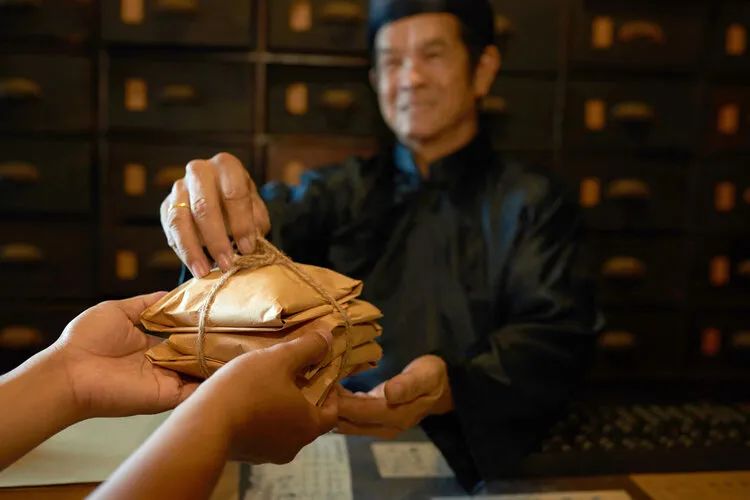
Blood stasis is the root of all diseases! Self-assess with 4 key phrases and learn 3 TCM methods for regulation.
At this point, many may wonder how to determine if they have blood stasis in their body. Don’t worry, I will teach you how to assess.
TCM believes that blood stasis is both a pathological product and a pathogenic factor. Some individuals may have congenital blood stasis, while others may develop it after becoming ill. We summarize the characteristics of blood stasis as “dark purple-black color, rough and dry skin. Fixed pain like needle pricks, phlegm and stasis intermingled with long nodules.” You may compare these characteristics to see if you fit the profile.
1. Dark purple-black color
This mainly refers to a dull complexion and dark color of the lips and other areas. Individuals with blood stasis are very prone to developing spots and dark circles, and the bruising that appears after guasha (scraping therapy) will be more pronounced. In women, menstrual blood may appear dark. Additionally, the tongue may show a dark color with stasis points, and the meridians under the tongue may appear deep purple and thick.
2. Rough and dry skin
Blood stasis can lead to a lack of nourishment for the skin, causing it to become rough and hard. Individuals in this category may find that no matter how much skincare products they use, their skin condition does not improve. This is because the issue lies within the body, and internal regulation is necessary; relying solely on external skincare products will not yield good results.
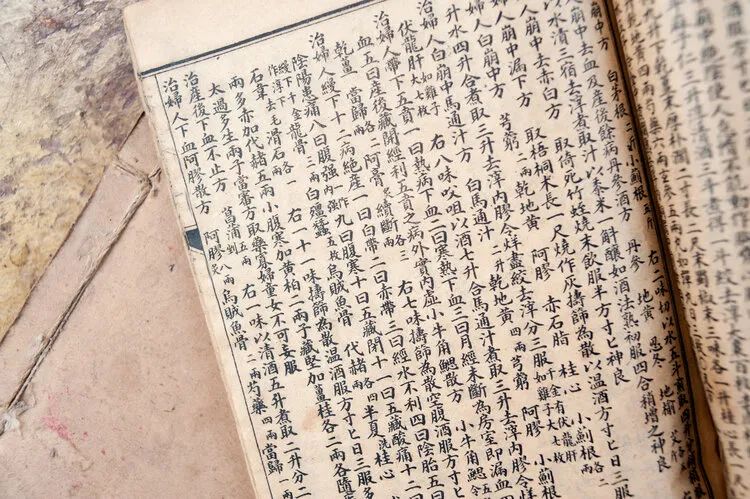
Blood stasis is the root of all diseases! Self-assess with 4 key phrases and learn 3 TCM methods for regulation.
3. Fixed pain like needle pricks
Individuals with blood stasis are very prone to experiencing pain, and their pain threshold is generally lower than that of ordinary people. This aligns with the TCM principle that “pain indicates obstruction.” Pain caused by blood stasis is often localized and can manifest as unexplained chest pain, back pain, etc. Additionally, individuals with blood stasis may describe their pain as needle-like. In middle-aged and elderly men, blood stasis pain often occurs in the perineum, commonly seen in patients with prostatitis.
4. Phlegm and stasis intermingled with long nodules
Individuals with blood stasis are very prone to developing nodules. Patients with thyroid nodules and breast nodules are often those with blood stasis constitution. Blood stasis constitution is also known as “prone to nodules” constitution, indicating a significant relationship between constitution and disease occurrence. When the constitution is problematic, diseases will follow.
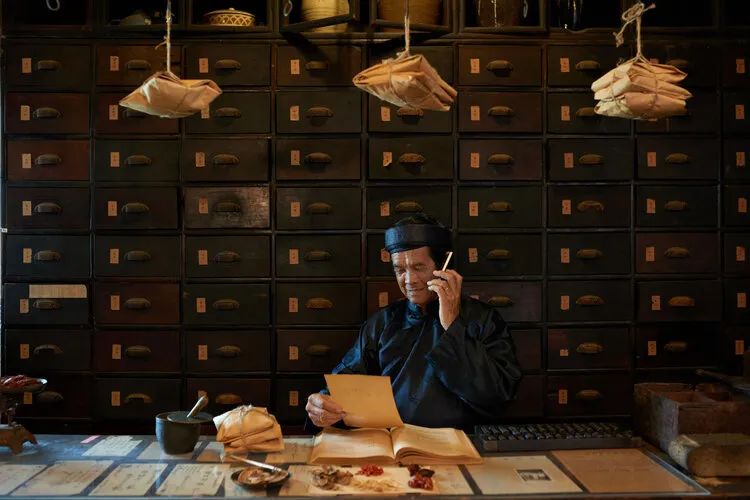
Blood stasis is the root of all diseases! Self-assess with 4 key phrases and learn 3 TCM methods for regulation.
Once you discover that you have a blood stasis constitution, how should you regulate it? There are three main methods for regulating blood stasis constitution!
1. Qi deficiency and blood stasis
Qi deficiency and blood stasis are often the result of declining functions of various organs, generally occurring in older individuals. This group may exhibit signs of spleen deficiency, which can lead to qi deficiency and blood stasis.
Individuals in this category may experience fatigue, chest tightness, shortness of breath, decreased appetite, and a dull complexion. To regulate qi deficiency and blood stasis, one can take Huang Qi Hua Yu Tea, which consists of Huang Qi (Astragalus), Xi Yang Shen (American ginseng), Gui Zhi (Cinnamon twig), Bai Shao (White peony), and Gan Cao (Licorice).
Among these, Huang Qi and Xi Yang Shen serve to tonify qi, Gui Zhi promotes heart yang, Bai Shao nourishes liver yin, and Gan Cao harmonizes the other herbs.
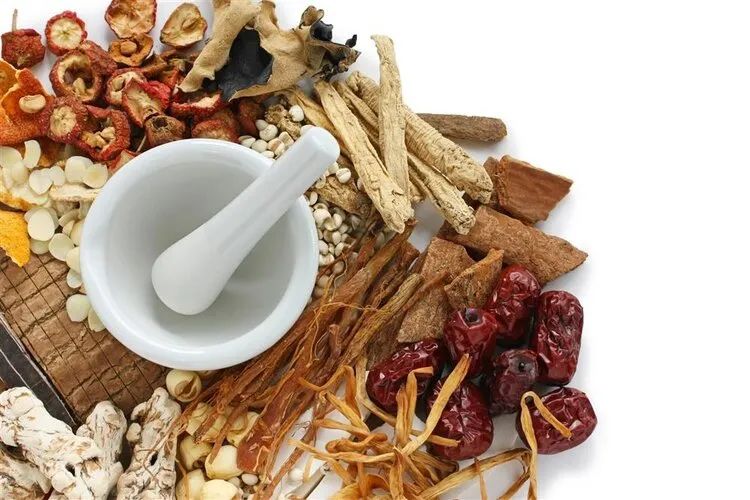
Blood stasis is the root of all diseases! Self-assess with 4 key phrases and learn 3 TCM methods for regulation.
2. Damp stagnation and blood stasis
Damp stagnation and blood stasis, as the name suggests, are characterized by both blood stasis and heavy dampness. Patients may experience a feeling of heaviness in the head and body, emotional stagnation, and a dull complexion. Treatment for damp stagnation and blood stasis should focus on invigorating blood circulation and resolving dampness. Ping Wei San (Pingwei Powder) and Tao Hong Si Wu Tang (Peach Blossom Four Substance Decoction) are good choices.
Ping Wei San consists of Cang Zhu (Atractylodes), Hou Po (Magnolia bark), Chen Pi (Aged tangerine peel), and Gan Cao (Licorice); Tao Hong Si Wu Tang includes Tao Ren (Peach kernel), Hong Hua (Safflower), Dang Gui (Angelica), Sheng Di (Rehmannia), Shao Yao (Peony), and Chuan Xiong (Chuanxiong).
3. Phlegm coagulation and blood stasis
Phlegm coagulation and blood stasis is the most complex type of blood stasis constitution, with a mix of deficiency and excess, leading to symptoms such as dementia, phlegm accumulation, dull complexion, and lumps or lymphadenopathy.
For treating phlegm coagulation and blood stasis, the focus should be on strengthening the spleen, resolving phlegm, and invigorating blood circulation. Er Chen Tang (Two Aged Decoction) combined with Zhu Yu Tang (Expel Stasis Decoction) is a commonly used formula.
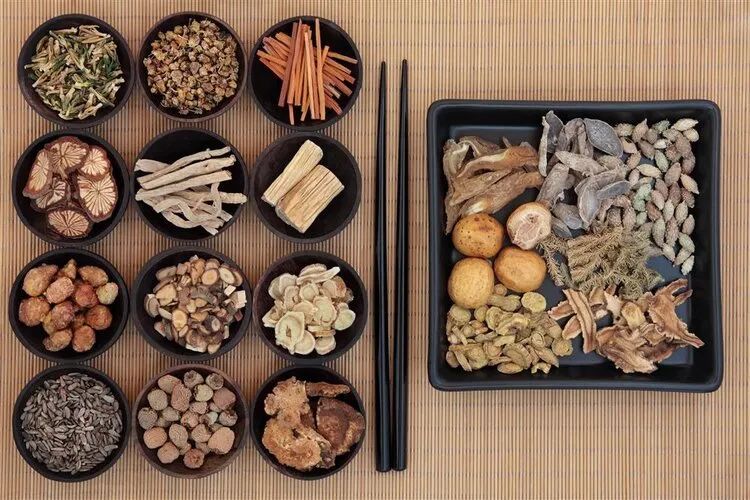
Blood stasis is the root of all diseases! Self-assess with 4 key phrases and learn 3 TCM methods for regulation.
The formula includes: Chai Hu (Bupleurum), Chi Shao (Red peony), Dang Gui (Angelica), Sheng Di (Rehmannia), Chuan Xiong (Chuanxiong), Tai Hong (Red peony), Zhi Ke (Bitter orange), Jie Geng (Platycodon), Huai Niu Xi (Achyranthes), Jiang Ban Xia (Pinellia), Fu Ling (Poria), Chen Pi (Aged tangerine peel), She Gan (Belamcanda), Quan Gua Lou (Trichosanthes), Chan Yi (Cicada slough), and Sheng Gan Cao (Raw licorice). It is important to note that the dosages vary based on different symptoms, and professional diagnosis and treatment are necessary.
Many people have a blood stasis constitution. When noticing abnormal symptoms, it is essential to seek medical examination promptly.
Health quotes to popularize health knowledge for you
Click below to follow for free↓↓↓
The editor shares good articles with friends
1.Traditional Chinese Medicine: What Does It Mean When There Are Cracks on the Tongue? A Formula to Solve the Cracks on the Tongue
2. Why Does My Stomach Growl, and Why Am I Passing Gas, Having Diarrhea, and My Stools Are Unformed? TCM Has Solutions!
3.So Precious! Over 800 Folk Remedies, No Illness Cannot Be Treated, Save for Future Use!
4.Traditional Chinese Medicine: Is Spleen Deficiency Often Due to Liver Qi Stagnation? A Chinese Patent Medicine That Can Regulate Both Liver and Spleen
Likeis a form of encouragement Share to spread joy

